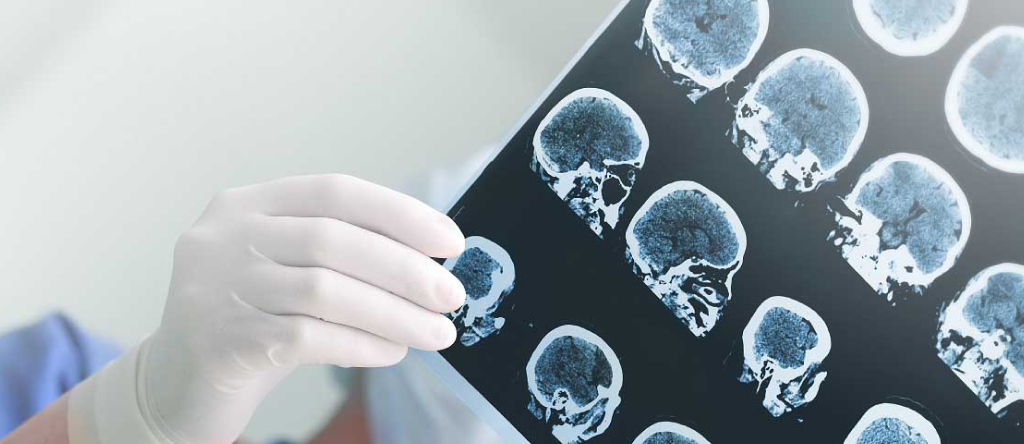
2017/18 Stroke Report Cards Now Available
This year’s stroke report card marks the ninth edition of the provincial and Local Health Integration Network (LHIN) report cards and progress reports, capturing data from the 2017/18 fiscal year. These reports are created annually to provide an evaluation of stroke care and service in the LHINs and across Ontario, aligned to national recommended performance measures set out in the Canadian Stroke Best Practice Recommendations.
This year’s report card was publicly available on June 17th, 2019, on CorHealth Ontario’s website. All LHIN CEOs, received a copy and interpretation of their respective report card and progress report on May 29th, 2019.
Many of the indicators have slightly improved, most notably in the acute management of stroke, such as timely administration of tissue plasminogen activator (tPA) and increased access to stroke unit care. Median door to needle time for patients who received tPA decreased by 2 minutes to 45 minutes equating to approximately 4 million neurons saved per patient1, and the proportion of stroke patients receiving stroke unit care in Ontario increased by over 7% to 52.8%.
In the rehabilitation and secondary prevention sectors, lack of data prevents a full interpretive evaluation of the performance and outcomes of these services. For example, rehabilitation in the outpatient setting is recommended for patients following inpatient rehabilitation and for those with mild stroke who may not receive inpatient rehabilitation; however, without available outpatient data an accurate evaluation of this service is unknown.
Despite improvements, Ontario’s stroke report card identified wide variation across the province in delivering best practices on many indicators, which means that people receive different quality of care depending on where they live or receive that care. For example, there was a wide range across LHINs (16% - 81%) of the proportion of stroke/TIA patients who received care on a stroke unit. Additionally, there was a wide range across LHINs (22 – 93 minutes) in the amount of required rehabilitation therapy patients received after a stroke. Many patients failed to receive the required rehabilitation therapy (intensity), receiving 67 minutes per day of direct therapy, well under the 180 minutes per day of direct therapy that is recommended in the Canadian Stroke Best Practices and adopted by Health Quality Ontario and the Ministry of Health and Long-Term Care, Quality Based Procedures Clinical Handbook for Stroke.
The annual report cards and progress reports act as a foundation for knowledge exchange and quality improvement at a system and organizational level. CorHealth Ontario will continue to collaborate with Ontario’s 11 Regional Stroke Networks to align operating plans, knowledge translation approaches and implementation strategies to continue to advance best practice stroke care across the province.
June 2019 Articles:
- Letter from the Interim CEO – Health System Transformation Update
- 2017/18 Stroke Report Cards Now Available
- Evolution of CorHealth Ontario’s Measurement & Reporting
- Key Learnings from the Integrating Heart Failure Care Initiative (IHFCI) to Improve Patient Care in Ontario
- Update: Leadership Councils
- Community-based Rehabilitation Services Needed to Reduce Hallway Health Care
- Integrated Care Bundles
- Echocardiography Quality Improvement Program: Major Milestone Achieved
1Boulanger, J., Lindsay, M., Gubitz, G., Smith, E., Stotts, G., Foley, N., … Butcher, K. (2018). Canadian Stroke Best Practice Recommendations for Acute Stroke Management: Prehospital, Emergency Department, and Acute Inpatient Stroke Care, 6th Edition, Update 2018. International Journal of Stroke, 13(9), 949–984. https://doi.org/10.1177/1747493018786616